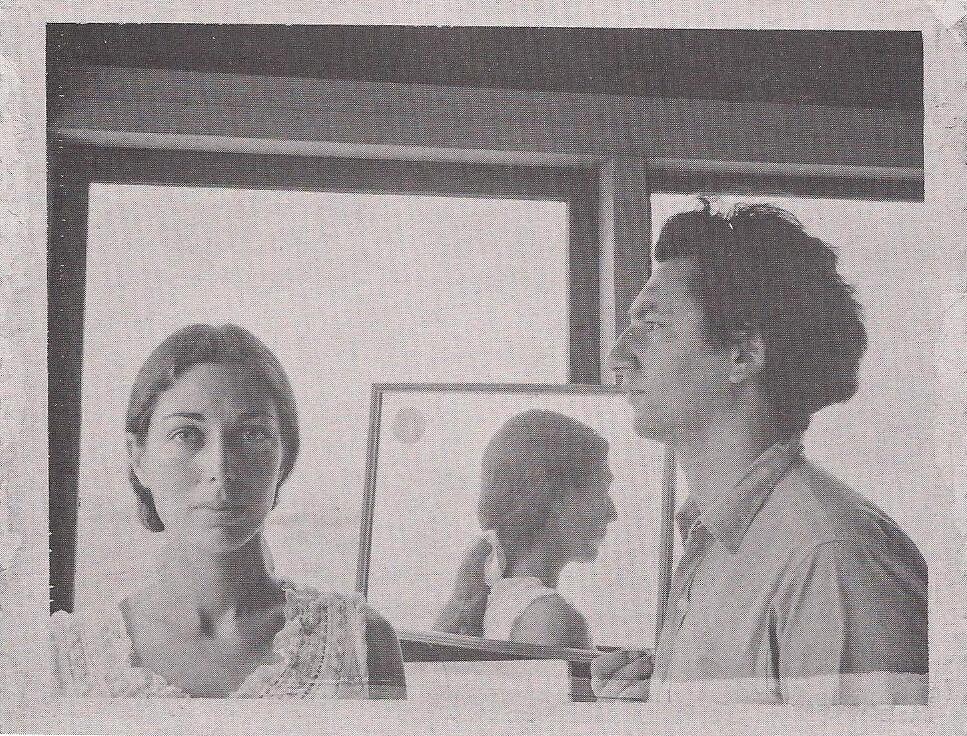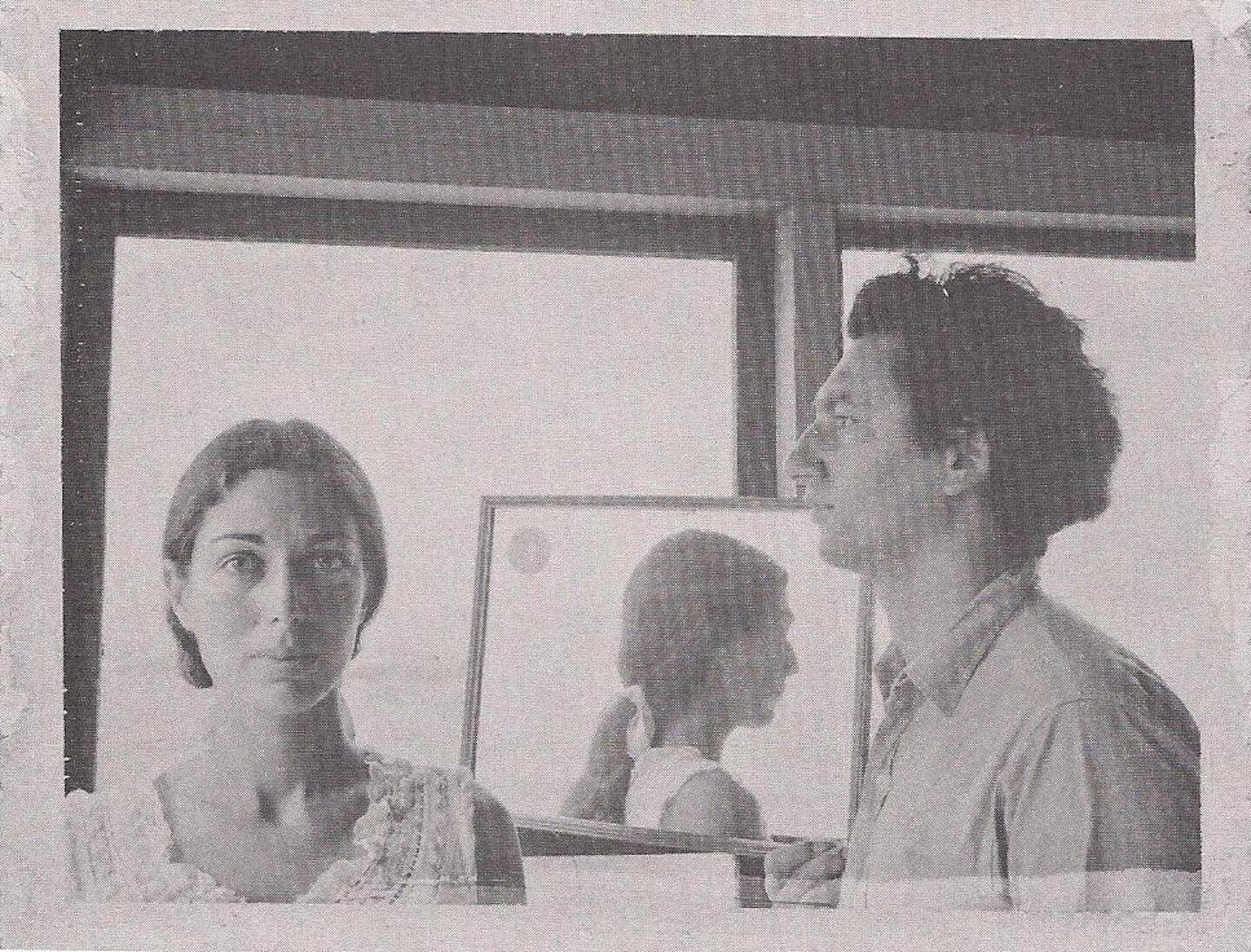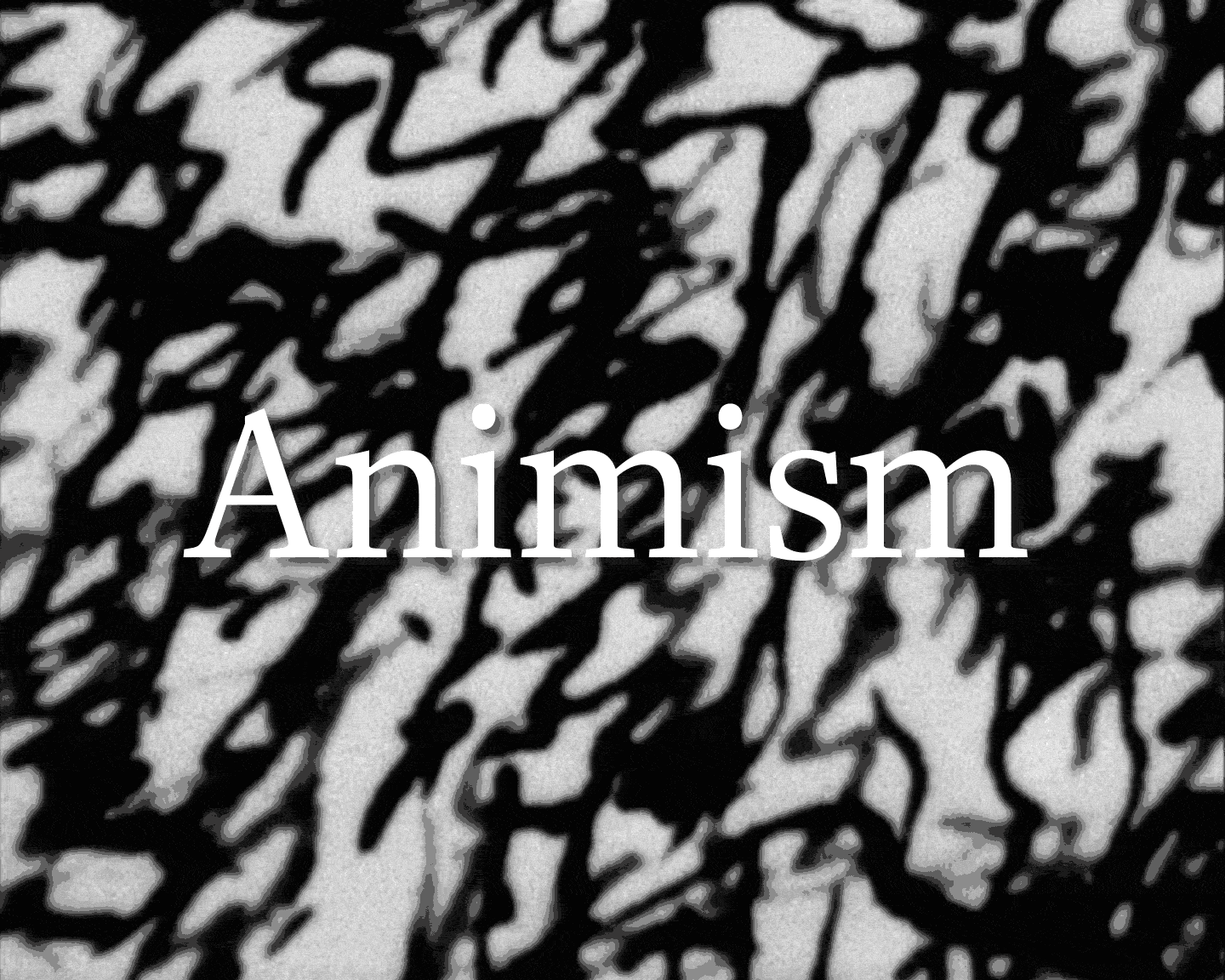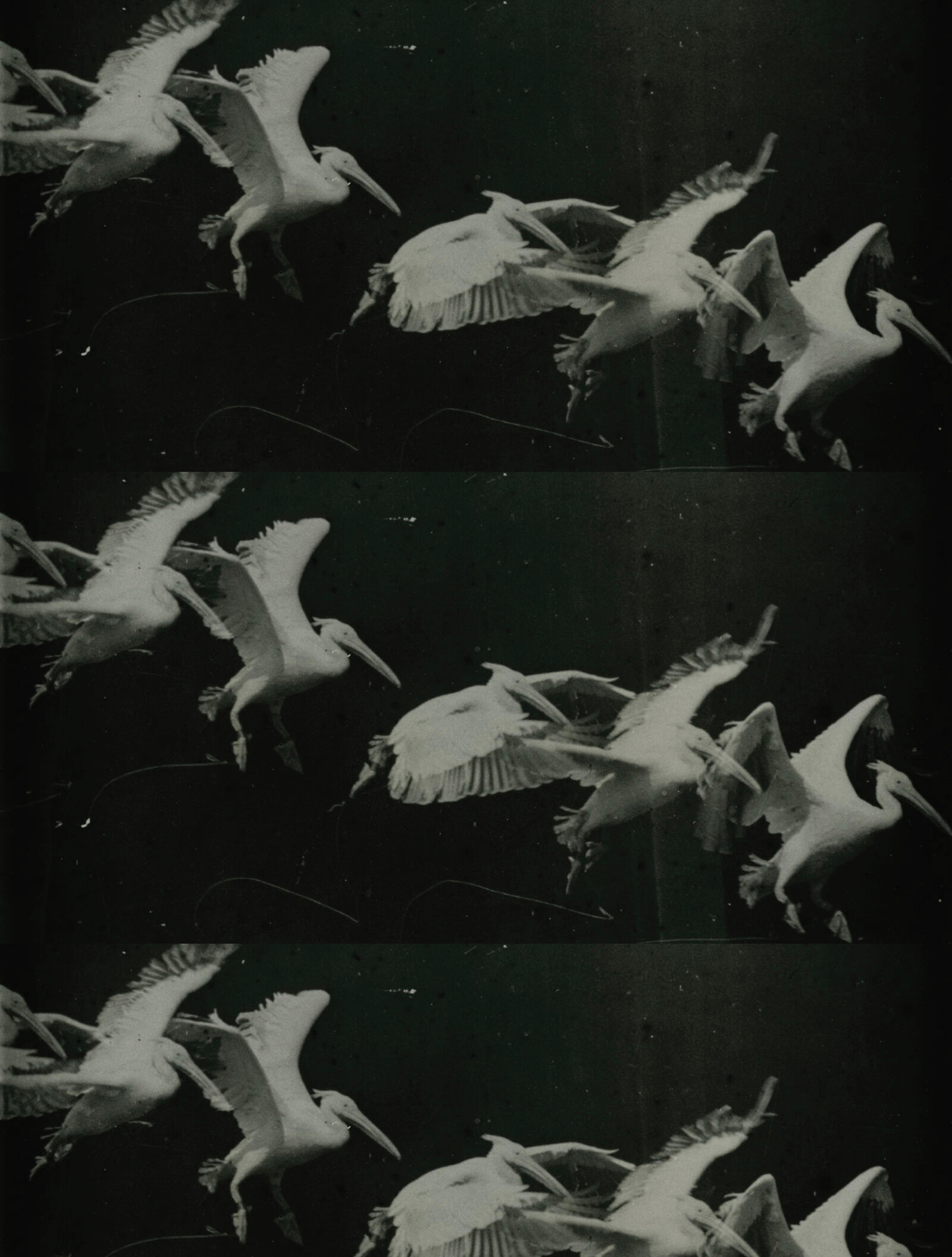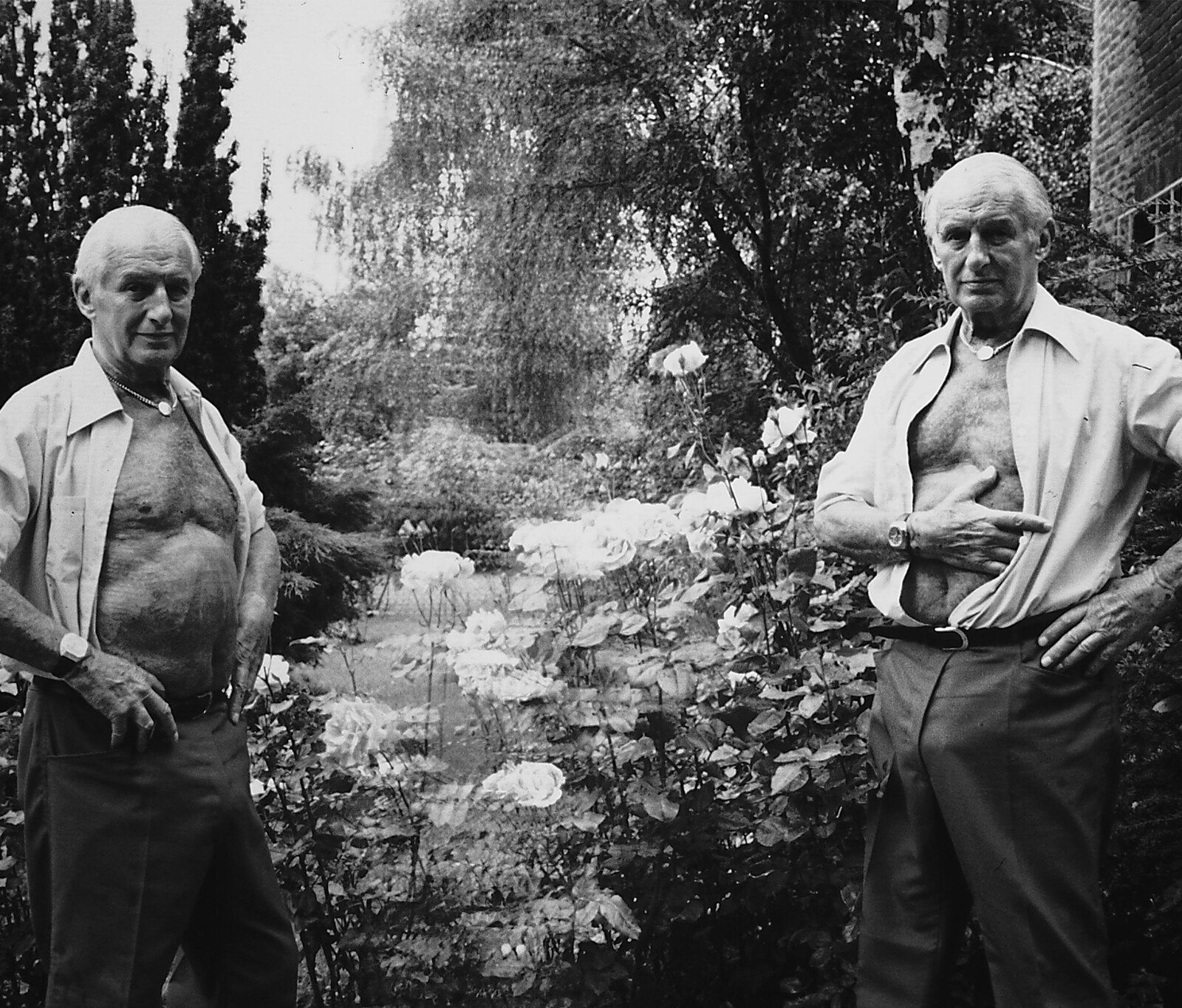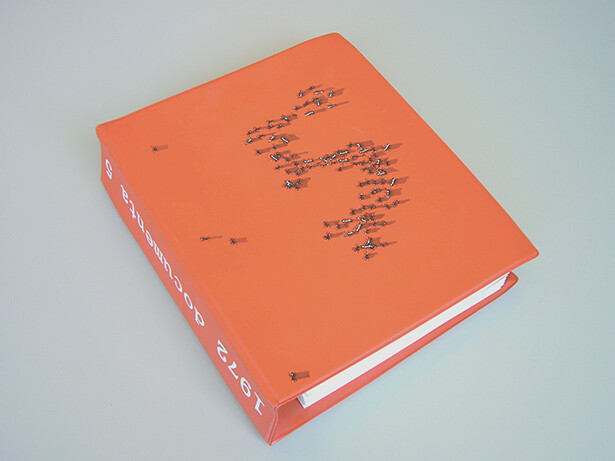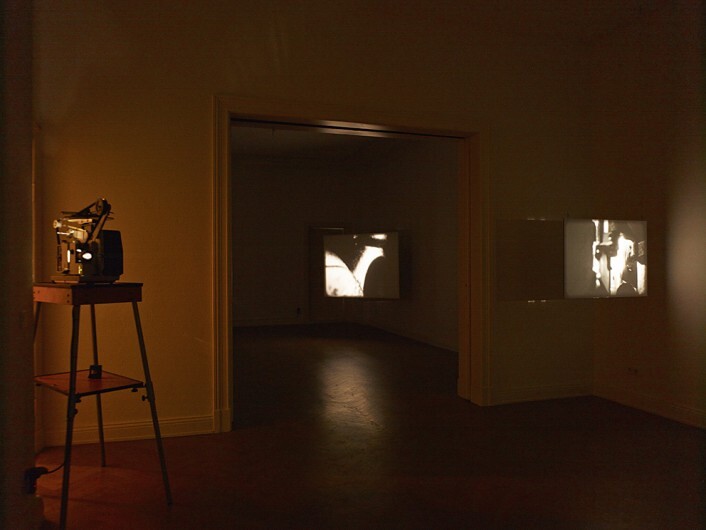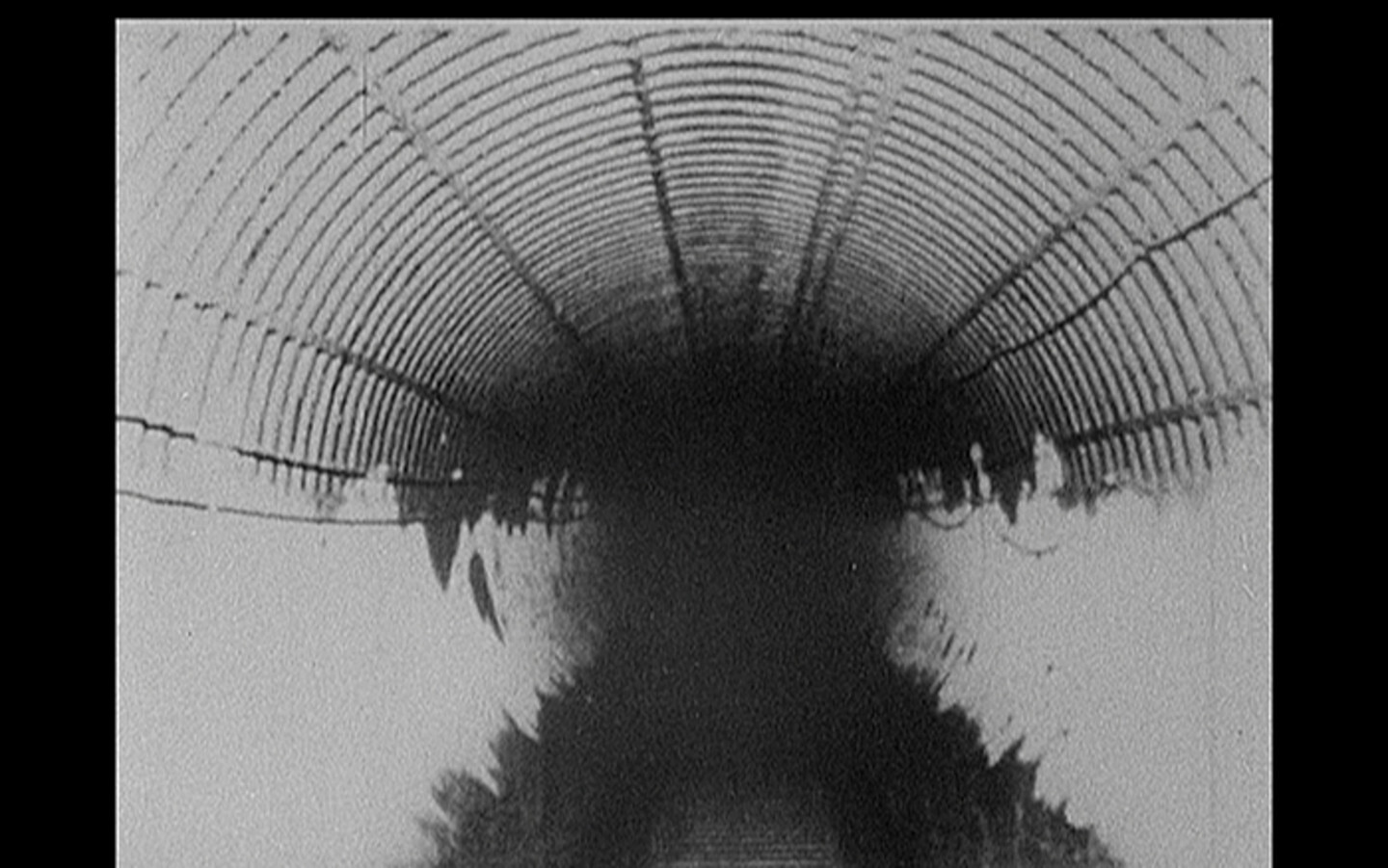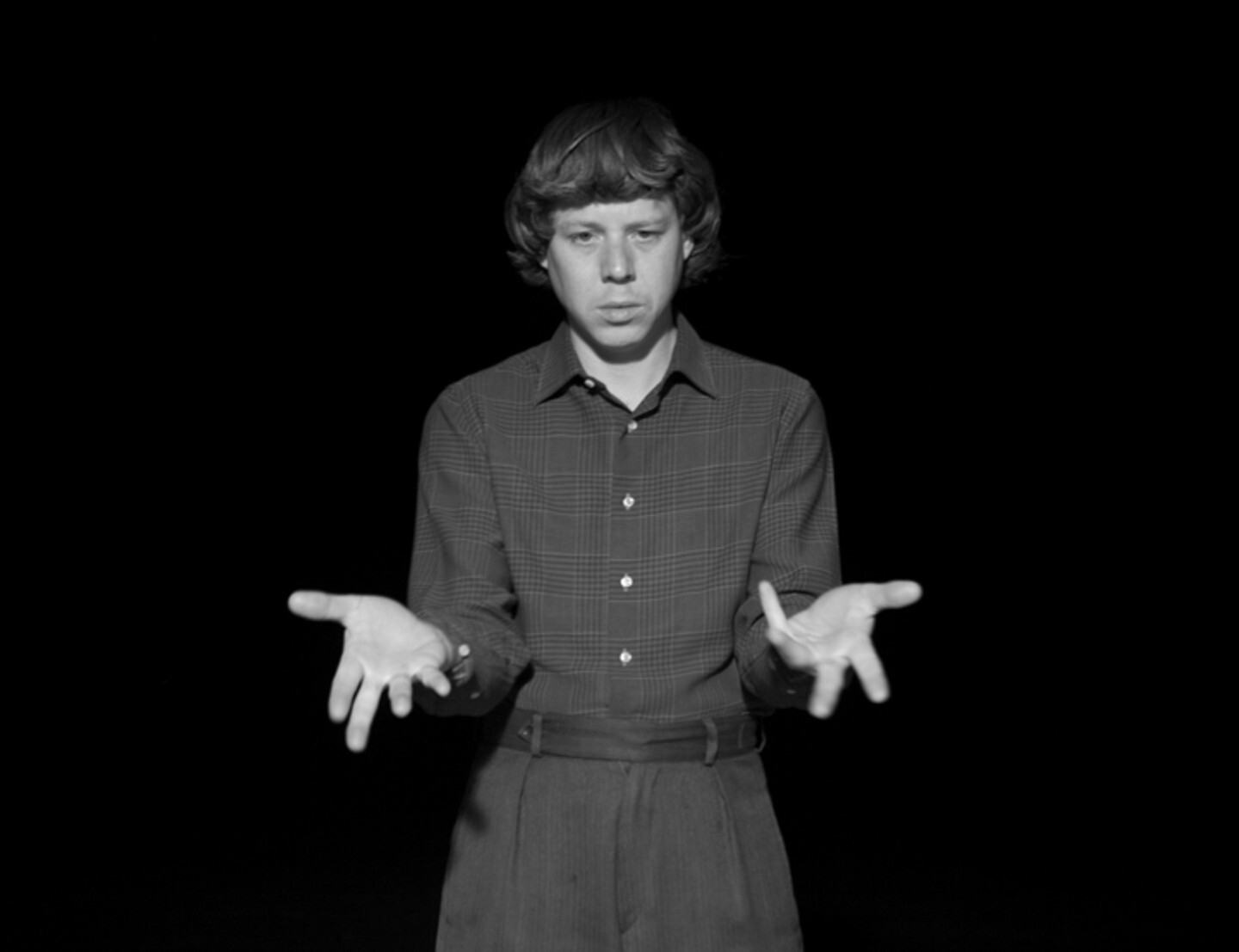Ken Jacobs Read Bio Collapse
Ken Jacobs is a key figure in the history of American avant-garde cinema. In the mid-1950s, Jacobs studied painting under Hans Hofmann, one of the founders of Abstract Expressionism, and, at the same time, he began making films, eventually becoming a major voice of American Underground Film and a member of the New American Cinema. Jacobs’ films explore the mechanics of the moving image and the act of viewing itself. He investigates the cinematic experience in its entirety, from production to projection. Whether undertaking archaeological journeys to the dawn of cinema, scrutinizing the interstices of new digital technologies, or exploring new opportunities for film performance with his Nervous Magic Lantern, Jacobs’ work continues drawing power from the mysteries of human vision to reveal the mechanics of illusion of screen images and their spectral implications and socio-political connotations. Along with over fifty film and video works, he has created an array of shadow plays, three-dimensional films, installations, and magic lantern and film performances that have transformed how we look at and think about moving-image art. The Museum of The Moving Image hosted a full retrospective of Jacobs’ work in 1989, The New York Museum Of Modern Art held a partial retrospective in 1996, as did The American House in Paris in 1994 and the Arsenal Theater in Berlin in 1986. He has also performed in Japan, at the Louvre in Paris, the Getty Center in Los Angeles, among many other institutions. Jacobs’ honors include the Maya Deren Award of The American Film Institute, the Guggenheim Award, and a special Rockefeller Foundation grant. His works are part of the permanent collections at MoMA and the Whitney, and have been celebrated in Europe and the US.
